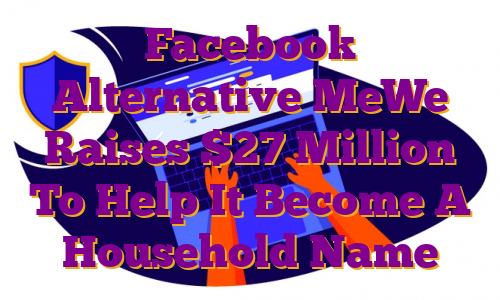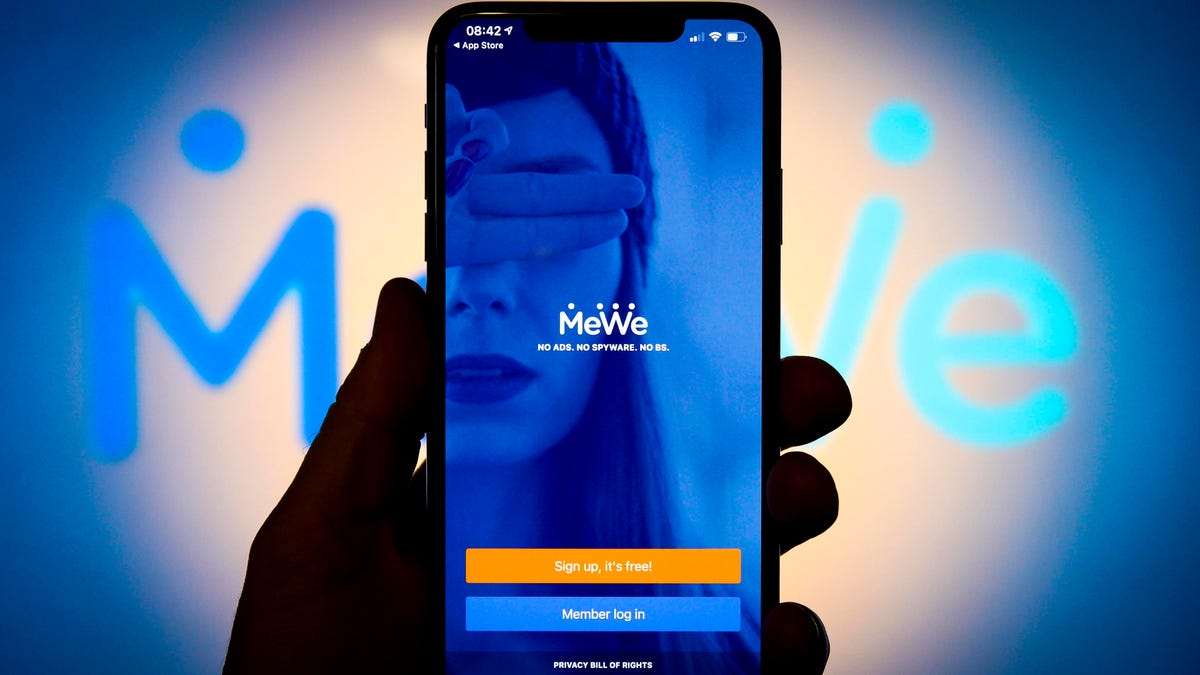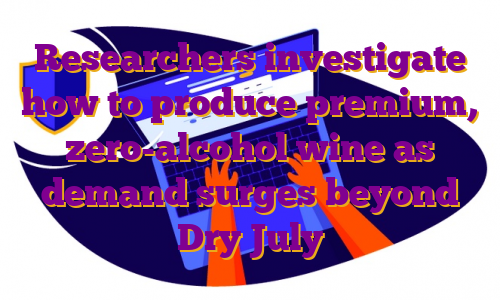The MeWe social networking application is seen on an Apple iPhone in this photo illustration in Warsaw, Poland on January 12, 2021. The alt-tech, light moderation social networking MeWe app is fast becoming the go-to alternative for the now banned Parler app. Parler was a “free speech” alternative to Twitter for many Trump supporters and other conservatives until it was removed from app stores following the storming of Capitol Hill on January 6. MeWe has entered the Apple App Store top ten list after having been downloaded more than a million times in 72 hours. (Photo illustration by Jaap Arriens/NurPhoto via Getty Images)NurPhoto via Getty Images
The privacy-focused social networking company MeWe is looking to change its reputation from being a hub for right-wing extremist groups to a trusted Facebook alternative that people have actually heard of. To do so, the company has raised $27 million in a Series A round led by the investment firm McCourt Global, which contributed $15 million. Previous investors contributed the other $12 million. The round values MeWe at $200 million.
Along with other alternative social media networks like Parler, MeWe gained a lot of traction following the November 2020 presidential election and January 6 insurrection as a space for right-wing extremists to congregate more freely after they’d been kicked off Facebook. MeWe saw an influx of 2.5 million new users during the week of Jan. 11, 2021, and currently the platform has 20 million users.
But now, CEO Jeffrey Edell is aiming to reach a much broader audience by focusing on MeWe’s firm stance on privacy and tightening content moderation rules by hiring more staff to its content moderation team. Its Privacy Bill of Rights states that users are the only ones who own their personal information. MeWe says that its platform does not manipulate, filter, or change the order of users’ news feeds, or use facial recognition technology. Its business model is subscription focused, rather than ad-supported, like Meta’s.
According to Edell, MeWe also supports free speech if done in a respectful manner. After facing backlash as a hub for right-wing content that had been banned from Facebook, Edell says MeWe hired more people on its moderation team and also implemented AI that tracks and removes hate speech and language that calls for violence. The platform also now bans accounts that sell guns, a decision for which Edell said he’s received a lot of pushback. However, a cursory search for terms like “stop the steal” and “gun sale” brings up several related groups and posts.
Screenshots of “gun sale” and “stop the steal” searches on MeWe.Courtesy of Forbes staff
Edell, who previously served as chairman of MySpace’s parent company Intermix and joined MeWe as CEO in April, acknowledged that he was wary of joining the company at first. But he says after researching the social networking site, he realized there was only a minimal amount of extremist content.
“I looked at my wife and she looked at me and she said, ‘You’re not going to get involved in a platform that has these kinds of issues, are you?’” Edell tells Forbes. “When I did my diligence and I really looked into it, I found that that was a very small portion of the platform.”
“Every platform out there, I don’t care who it is, Facebook, Snapchat, Instagram, Twitter, TikTok they all have their issues,” he says. “I found that the issue was not as widespread as previously thought about.”
But the company has a bigger problem: Most people have no clue what MeWe even is. That’s why Edell is aiming to use the new funding to invest in better marketing (though the company says that won’t include ads on Facebook or Instagram).
“We’re finding that what we do resonates with people out there and people don’t even know we exist,” Edell tells Forbes. “So it’s a continuation of getting a marketing push to get the information out there of who MeWe is, and what we stand for.”
If more people are aware of MeWe and making accounts, that means more people will buy subscriptions, Edell said. While you don’t have to pay to use MeWe, the service offers a premium subscription for $4.99 a month or $29.99 annually and is the first thing advertised when users create their accounts. The package includes unlimited voice and video calls, unlimited custom emojis and stickers, 100GB of storage, story video journals, unlimited custom themes and a premium user profile badge. Ad-supported platforms like Facebook, Instagram and Snapchat already offer some of these features for free, like unlimited video and voice calls and access to custom emojis.
Part of MeWe’s marketing budget will go to encouraging users to upgrade to premium subscriptions. The company declined to share how many of its users are subscribers or its revenue.
Along with his time overseeing MySpace, Edell is a show biz veteran, producing movies like The Kids Are All Right, The Grey and National Lampoon’s Movie Madness. With a background in both entertainment and tech, he hopes to bring more short form videos and music created by users to the platform. Right now, MeWe is in the process of partnering with influencers and entertainers to create NFTs (which Edell said will be announced at a later date).
“I felt like I was there at the beginning of social media,” Edell said. “I don’t like what’s happened to it since the MySpace days. Now I want to try to change the world and bring social back to the way it used to be.”
.



